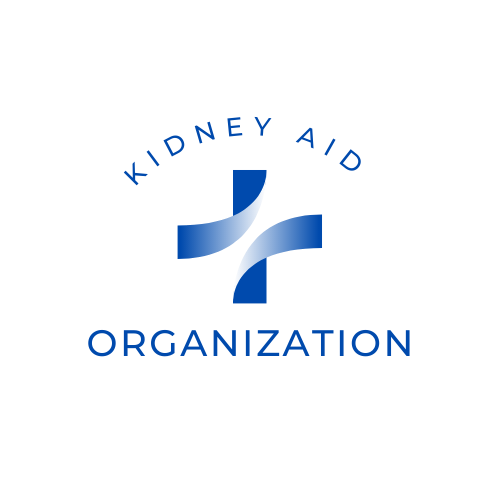Chronic Kidney Disease (CKD) is a common condition that affects millions of people worldwide. CKD occurs when the kidneys become damaged and are no longer able to filter waste and excess fluid from the blood as efficiently as they should. CKD progresses through stages, with Stage 4 being a critical phase in the disease progression. In this blog post, we'll discuss what Chronic Kidney Disease Stage 4 is, its symptoms, risk factors, available treatments, insurance coverage options, and ways to improve kidney function.
What Is Chronic Kidney Disease Stage 4?
Chronic Kidney Disease Stage 4 is the stage where the kidneys' function is severely impaired, with a glomerular filtration rate (GFR) of 15-29 ml/min. In this stage, waste products and excess fluids start to build up in the blood, leading to complications such as anemia, bone disease, and cardiovascular disease. If left untreated, CKD Stage 4 can progress to End-Stage Renal Disease, where dialysis or a kidney transplant is required to sustain life.
What are the symptoms of Chronic Kidney Disease Stage 4?
Most people with CKD Stage 4 may not experience any symptoms in the early stages of the disease. However, as the disease progresses, symptoms may include fatigue, fluid retention, high blood pressure, loss of appetite, muscle cramps, and difficulty sleeping. It's crucial to get regular checkups with a healthcare provider to detect any signs of CKD early and start appropriate treatment.
What People Are Most At Risk?
People who have a family history of kidney disease, high blood pressure, diabetes, and cardiovascular disease are at higher risk of developing CKD Stage 4. Other risk factors include age, obesity, smoking, and a sedentary lifestyle. It's essential to manage these risk factors to prevent or slow down the progression of CKD.
What Treatments Are Available For Stage 4 Kidney Disease?
The treatment options for CKD Stage 4 focus on managing symptoms and slowing down the progression of the disease. This may include lifestyle changes, such as following a kidney-friendly diet, quitting smoking, and regular exercise. Medications may also be prescribed to control blood pressure, lower cholesterol levels, and manage anemia. In some cases, a kidney transplant may be necessary.
How Can You Find Insurance That Will Cover Stage 4 Kidney Disease Management Costs?
Managing CKD Stage 4 can be expensive, and insurance coverage is crucial to cover the costs of treatment. Many insurance providers offer policies that cover CKD treatment costs, but it's essential to do your research and compare policies to find the best coverage for your needs. You can consult with an insurance agent or check with your state's department of insurance for more information.
What Ways Can Somebody Improve Their Kidney Function With Stage 4 Kidney Disease?
Although CKD Stage 4 is a severe condition, there are still ways to improve kidney function and slow down the disease's progression. Following a kidney-friendly diet, reducing salt intake, and staying hydrated can help maintain kidney function. Regular exercise, quitting smoking, and managing blood pressure and cholesterol levels are also essential. Working with a healthcare provider and a registered dietitian can help you develop a personalized plan to manage CKD Stage 4.
In conclusion, CKD Stage 4 is a severe condition that requires ongoing management to prevent complications and slow down the disease's progression. With early detection, proper treatment, and lifestyle changes, people with CKD Stage 4 can maintain their kidney function and live a full and healthy life. It's essential to work with a healthcare provider and an insurance provider to get the best possible care and coverage.

